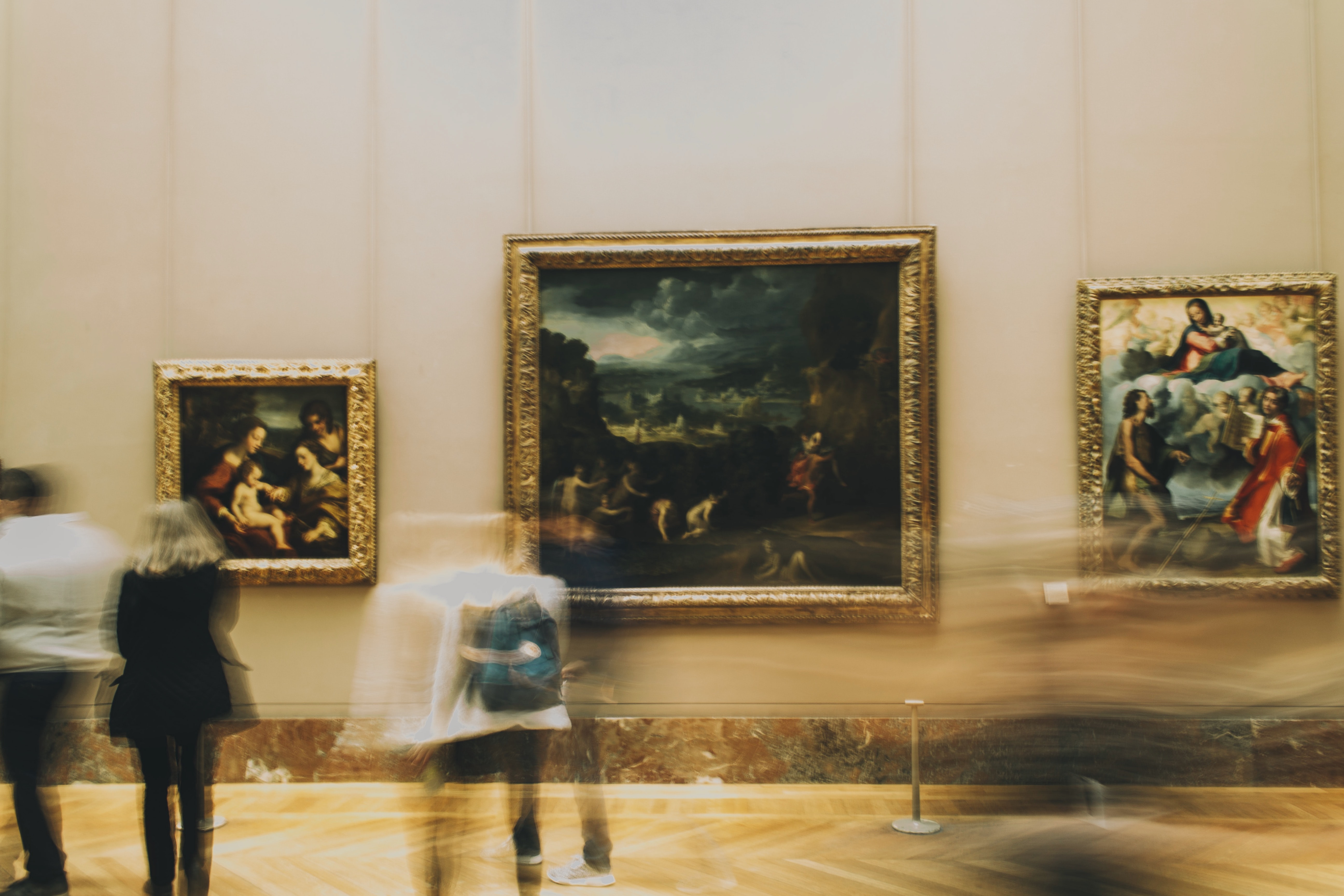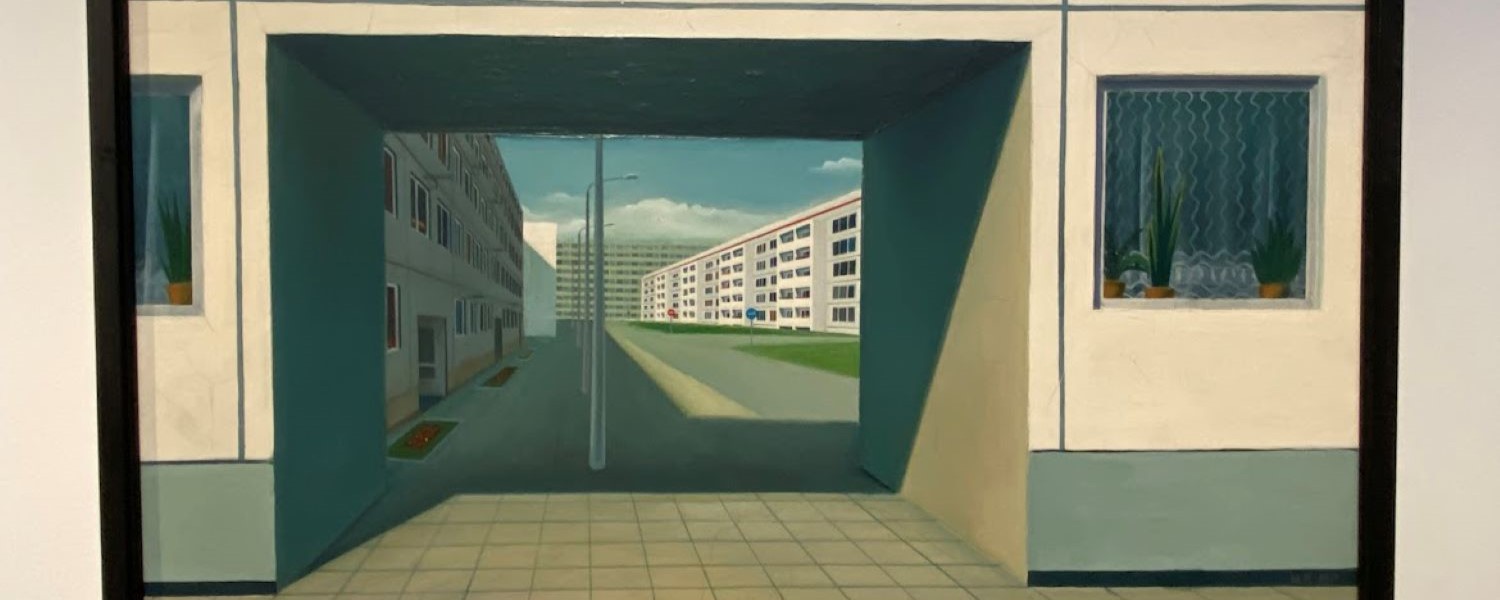The rapid shift to digital content creation, distribution, audience engagement and participation since the start of the pandemic has enabled the continued experience of arts and culture, despite cultural institutions having to shut their doors. But a significant proportion of the population still face barriers to digital engagement – 7 million people have no internet access at home, 9 million people struggle to use the internet independently and 17 million people only use the internet for limited purposes.
Previous research has shown that engagement with cultural institutions such as museums and galleries, both on-and off-line, “remains deeply unequal”. Perhaps more worrying was the finding that “the gaps between the haves and the have nots are even wider online than in the case of physical visits.”
During a recent webinar by the Digital Culture Network, presented in partnership with Google Arts & Culture and their Connected to Culture playbook, the scale of the digital divide was highlighted, as was the important role arts and culture can play in addressing it.
The discussion focused on three areas:
- Digital inequalities, barriers and exclusion
- Knowing your audience
- Projects that have successfully increased inclusivity
Digital divide
Kicking off the discussion on the digital divide, Jane Mackey, Senior Research & Evaluation Manager at the Good Things Foundation highlighted three key areas when we think about the digital divide:
- digital access (7million people in the UK are excluded on this basis)
- digital skills (11.7million people in the UK don’t have digital skills needed to engage online)
- motivation and confidence (people might have access and some skills but lack the motivation or confidence to use it)
The latest data from the Office for National Statistics shows that a perceived lack of need, followed by a lack of digital skills are the main reasons given for not having household internet access. The focus has mainly been on engaging and upskilling those who already have access to digital technology. But, as the discussion highlighted, the excluded 20% would be likely to benefit more from targeted action.
Jane noted that the digital divide is not static, but is more of a spectrum that people can move along throughout their lives. Based on its current research, the Good Things Foundation recommends that the arts and culture sector commits to be digitally inclusive by default. This will help to overcome barriers to digital by engaging directly with the digitally excluded and partnering with other organisations.
Zak Mensah, Co-CEO at the Birmingham Museums Trust, similarly highlighted barriers to digital, such as the infrastructural barriers depending on people’s location. Some rural areas, for example, do not have the digital infrastructure needed for access. Even in cities, which tend to have faster broadband, much of it is focused on the centre and businesses rather than individual households.
Zak also highlighted the importance of motivation, and giving people a reason to use technology.

Role of arts and culture
While some think the key is to get everyone to have the internet at home, Zak suggested that arts and cultural organisations can help people’s access by using their physical spaces better and also by taking the technology to the excluded.
Libraries have been successful over a number of years in providing space for people to access technology with free internet and support in using it. Similarly, arts and cultural organisations are in a position to do the same through their digital tools.
One suggestion was not switching off the Wi-Fi at close of business; another was potentially reducing restrictions on what people can access using their Wi-Fi (while obviously maintaining some control) so people can use it for wider purposes.
One project Birmingham Museums managed recently involved taking digital kit out to care homes for digital arts sessions. This was not only great for wellbeing; it also showed how digital technologies can be adapted to connect with people within communities. As Zac said “ultimately we have to go out more, we can’t always get people to come to you.”
Zak also explained that collaboration is key – sharing resources, ideas and skills – to reach as many people as possible.
Inclusive practice
Jenny Williams, Project Director at Revoluton Arts in Luton, also highlighted the importance of new partnerships.
She noted that when lockdown first started the staff wanted to keep engaging, so moved online with the help of Zoom. Because they didn’t really know about how it worked Revoluton called upon people within the community to help teach others.
They now have a suite of materials online that can help artists and others.
Revoluton has also worked with Marsh Farm Outreach who ran lounge sessions every night with live music, working with local artists and reaching huge audiences. One session titled The Creative History of Marsh Farm was about reminiscence, memory, sharing stories of place, and engaged 6000 people. While acknowledging that such online communication is great for international reach, Jenny noted that it can also make a big difference locally.
They have also used digital tech to create safe spaces online to attract members of the community that might not have otherwise engaged. One of their residency programmes, Touch Commission, was co-commissioned with Wellcome Collection which explored the theme of touch through arts and creativity. The project was centred on Bury Park, a predominantly Asian community in Luton. The dialogue and understanding that was shown helped to engage with those most excluded.
Another project highlighted by Jane was the Power Up initiative, a collaboration between the Good Things Foundation and JP Morgan Chase Foundation, which aims to drive economic inclusion through digital in communities.
Other partnerships showcasing inclusive practice include:
- Engaging older audiences – Birmingham Museums Trust & Arts Council Collection partnership programme aimed at reaching the over 75s in care homes.
- Dance and Time with the Museum – Presented in a partnership between University of Cambridge Museums and local sheltered housing and assisted living services; this blog outlines how the project was safely moved online.
- Bussy – Prompted by Revoluton’s experiences of creating safe spaces for everyone online; this is an example of a creative organisation doing the same.
Way forward
There were a number of key takeaways from the discussion for arts and culture organisations. These include:
- it’s about knowing your audience, knowing what their barriers to access are and planning an approach to these from the start;
- empathy and understanding that happens as a result can be important; and
- it’s about understanding the resources you have and how they can be used, particularly through partnerships.
There’s no quick fix for breaking down the barriers to digital engagement: as Zak eloquently put it, “it’s a marathon not a sprint”. But, as the many practices highlighted during this webinar demonstrate, the arts and culture sector has the tools to make a difference on the digital divide.
You may also like to read some of our previous blogs:
- Skilling up: the case for digital literacy
- Why the digital divide matters for children’s future prospects
- Moving into the 21st century … the challenges and opportunities of digital culture
Follow us on Twitter to find out which topics are interesting our research team
Share
Related Posts
With information now so accessible, it’s easy to assume that whenever you have a question you can simply tap it into a search engine. But, while the internet and digital search tools are undoubtedly useful for checking basic facts, when ....
By Ian Babelon A new-old concept for proximity “Are we there yet?” Parents may patiently nod to their children’s insistent nudges on a 20-minute journey to… somewhere. Quite rightly, researchers have asked: twenty minutes to what? The answer may well ....
By Hannah Brunton UNESCO’s Global Media and Information Literacy Week 2022 takes place from 24-31 October 2022 under the theme of “Nurturing Trust”, giving governments, educators, information professionals, and media professionals the chance to discuss and reflect on critical issues ....


